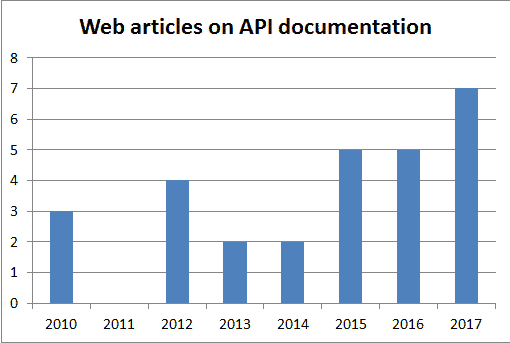I had the pleasure of joining Tom Johnson in another podcast and one of the topics we touched on was that of so-called best practices. Today, I stumbled across this post in a thread about high-tech job interviews:
It’s hilarious to me that during the hiring process tech companies insist candidates know and follow best practices. And then when you actually work there you find out they actually just use a total disaster development process that’s held together with duct tape and a few nails.
— Melissa McEwen (@melissamcewen) June 25, 2018
On a personal note, it was actually a series of such experiences that convinced me to take my current job in academia.
One of the replies linked to this post: Best practices considered harmfull [sic] which summed it up as “Work out what your best practice is, work out how you can improve yourself.”
Unfortunately, by the time I got to this point in my feed, my blog reflex had been triggered, and here we are.
If we have to find our own best practices, what’s the point of having best practices?
Good question.
Continue reading “Unqualified best practices are just slogans”


 Coal miners used to bring canaries with them into the mines to detect toxic gasses commonly found in mines. Canaries would die when the gasses were present, but while still at levels not fatal to humans. They were an early-warning sign. The challenge is that you would have to keep an eye (or an ear) on them to heed their warning. If you were busily mining your coal (a rather noisy job to begin with), you could easily overlook the warning sign of a dead canary—much to your peril.
Coal miners used to bring canaries with them into the mines to detect toxic gasses commonly found in mines. Canaries would die when the gasses were present, but while still at levels not fatal to humans. They were an early-warning sign. The challenge is that you would have to keep an eye (or an ear) on them to heed their warning. If you were busily mining your coal (a rather noisy job to begin with), you could easily overlook the warning sign of a dead canary—much to your peril.